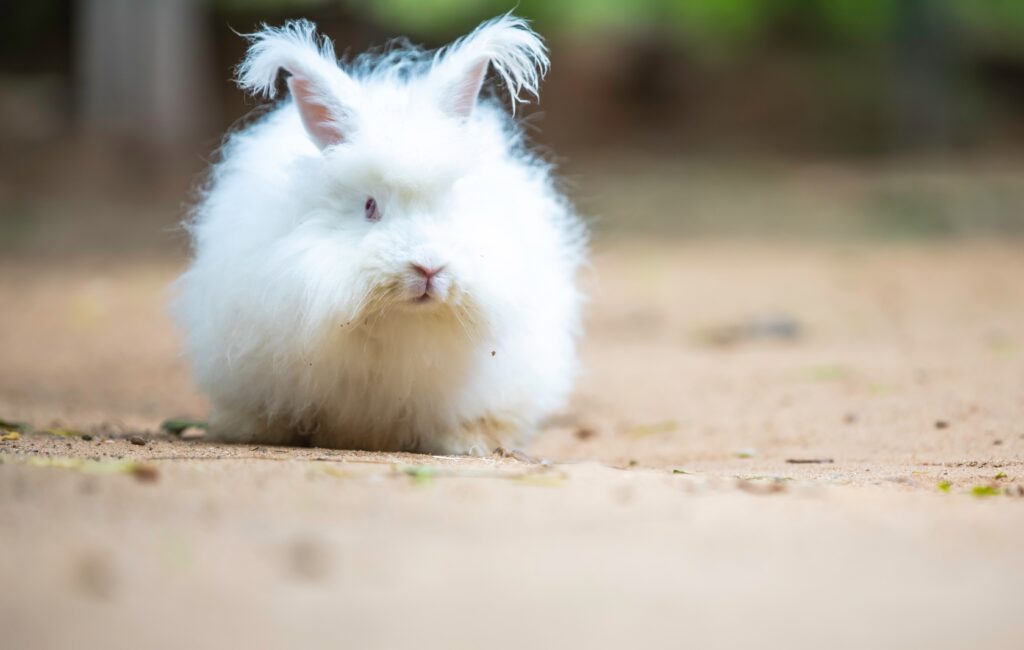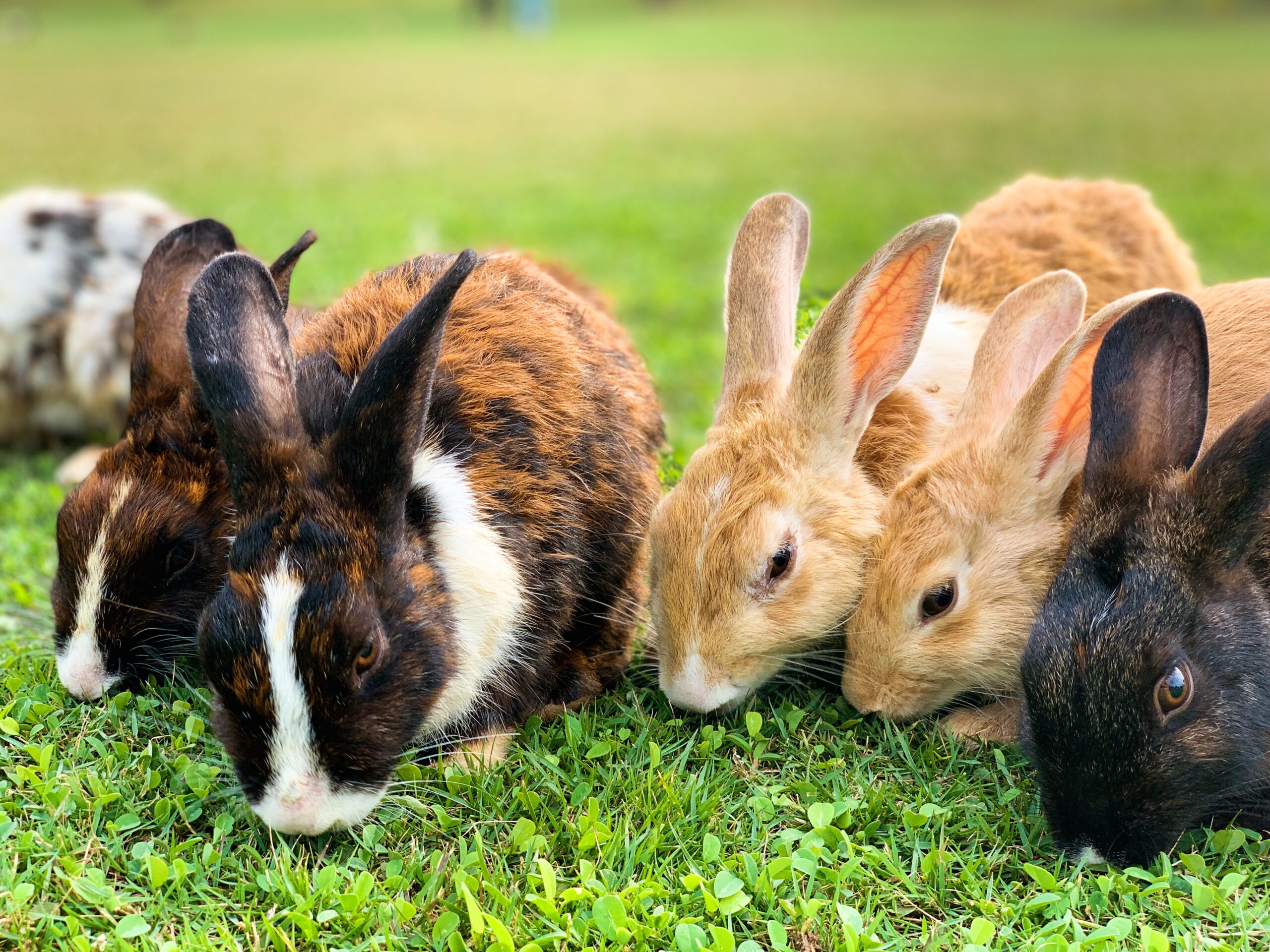Let’s learn the Complete Guide to Rabbits!!!
Are you thinking of getting a new furry pet? If so, rabbits may just be the perfect choice for you! Rabbits are one of the most lovable and adorable animals around, with their fluffy ears and cute little noses.
But before bringing one into your home, it’s important to know everything there is to know about these charming creatures. From their diet and exercise needs to grooming tips and health concerns, we’ve got you covered in this complete guide to rabbits. So hop on over and let’s get started!
Popular Pet Rabbit Breeds
There are many popular pet rabbit breeds that make great companions. Some of the most popular include the Holland Lop, Mini Rex, and Netherland Dwarf. Each breed has its own unique personality and physical characteristics.
Holland Lops are one of the most popular pet rabbit breeds. They are known for their friendly and outgoing personalities. They are also relatively small, making them perfect for households with limited space.
Mini Rex rabbits are another popular breed. They are known for being very affectionate and loving towards their owners. They are also relatively small in size, making them good choices for those with limited space.
Netherland Dwarf rabbits are another popular choice for pet rabbits. They are known for being very playful and active. However, they can also be nippy so it is important to handle them with care.
The Basics of Bunny Care
Assuming you are starting with a young bunny, you will need to provide a few things before your new friend arrives. Here is a list of what you need:
A spacious cage that is at least 24×36 inches, and 30 inches tall. The cage should have a solid bottom (no wire!) and bars no more than 1/2 inch apart to prevent escapes.
Bunny-proof your home! Remove anything they can chew on like cords, houseplants, and books. Be sure to block any small spaces they could squeeze through like under the couch or behind the toilet.
Provide hay! This is essential for their digestion and should be available at all times. A good rule of thumb is 2-3 handfuls per day. You can also offer fresh vegetables as a treat, but avoid iceberg lettuce as it has no nutritional value.

The Complete Guide to Rabbits
Give them something to chew on like untreated wood blocks or branches, or commercially made rabbit chew toys. Chewing helps keep their teeth healthy and provides mental stimulation.
A water bottle that attaches to the side of the cage
Diet
Rabbits are omnivores, which means they enjoy a diet of both plants and animals. A healthy diet for a pet rabbit includes hay, fresh vegetables, and a small number of pellets.
Hay is an important part of a rabbit’s diet and should be available at all times. Hay provides essential nutrients as well as a natural source of fiber, which helps keep your rabbit’s digestive system healthy.
Fresh vegetables are also an important part of a healthy diet for rabbits. Vegetables such as spinach, broccoli, and carrots are packed with vitamins and minerals that are essential to your rabbit’s health. Be sure to wash all vegetables thoroughly before feeding them to your rabbit.
Pellets should make up a small portion of your rabbit’s diet and should be fed in moderation. Pellets are typically made from alfalfa or Timothy hay and are fortified with additional vitamins and minerals. When choosing a pellet formula for your rabbit, be sure to select one that is specifically designed for rabbits and contains no added sugar or artificial ingredients.
Read More: Building a Cool Cage for Your Pet Rat!
Cage
The Complete Guide to Rabbits
Cages are the most important part of your rabbit’s home. They provide a safe, secure place for your rabbit to sleep, eat, and exercise. But not all cages are created equal. Here’s everything you need to know about choosing the right cage for your rabbit.
The size of your cage will depend on the size of your rabbit. A general rule of thumb is that a cage should be at least four times the size of your rabbit. So, if you have a small rabbit, like a Holland Lop, you’ll need a cage that’s at least 16 inches by 16 inches. For a medium-sized rabbit, like a Californian, you’ll need a cage that’s at least 24 inches by 24 inches. And for a large rabbit, like a Flemish Giant, you’ll need a cage that’s at least 36 inches by 36 inches.
The type of cage you choose is also important. Wire cages are popular because they’re affordable and easy to find. But wire cages can be dangerous for rabbits because they can get their legs caught in the wires or chew on the wires and hurt themselves. If you choose a wire cage, make sure it has smooth edges and no sharp wires sticking out. Glass or plastic cages are also an option, but they’re more expensive than wire cages.
No matter what type of cage you choose, it’s important to make sure it has plenty of ventilation and is escape-proof. Your rabbit should also
Toys
The Complete Guide to Rabbits
When it comes to rabbits, there are a variety of toys that you can get for them to help keep them entertained. Some popular options include things like:
– chewing toys: these are great for rabbits who love to chew and can help keep their teeth healthy and strong.
– puzzle toys: these can help provide mental stimulation for your rabbit and give them something to do when they’re bored.
– physical activity toys: such as tunnels or play gyms, can help encourage your rabbit to be active and stay fit.
Of course, not all rabbits will like the same types of toys so it’s important to experiment and see what your rabbit seems to enjoy the most. Also, be sure to supervise your rabbit whenever they’re playing with toys, especially if they’re new to them, in case they end up swallowing anything they shouldn’t.
Handling
The Complete Guide to Rabbits
Rabbits are delicate creatures and must be handled with care. They should never be picked up by their ears, as this can cause serious injury. Instead, scoop them up gently from under their chest using both hands, being careful to support their back end. When holding a rabbit, it should be cradled close to your body so they feel secure.
It’s also important to never pick up a rabbit by the scruff of the neck, as this is how mother rabbits carry their young and it can be very painful for the rabbit. If you need to restrain your rabbit for any reason, the best way to do so is by holding them firmly but gently around their middle from behind. This will prevent them from kicking or biting while still keeping them calm.
Grooming
The first step in grooming your rabbit is to brush them. You can use a soft-bristled brush or a comb to gently remove any loose hair. Be careful not to pull on the skin as this can hurt your rabbit.
Next, you will want to trim your rabbit’s nails. You can do this with a pair of small scissors or clippers designed specifically for rabbits. Be careful not to cut too close to the quick as this can be painful for your rabbit.
Finally, you will want to give your rabbit a bath. You can use a mild shampoo made specifically for rabbits and avoid getting water in their ears and eyes. Be sure to rinse thoroughly and towel dry your rabbit afterward.
Final Notes
As your rabbit enters their senior years, you may notice some changes in its behavior or appearance. They may become grumpy, sleep more, or have a decrease in appetite. It’s important to keep an eye on these changes and consult with your veterinarian if you have any concerns.
A diet rich in fiber is important for keeping your senior rabbit healthy. Look for foods that are high in hay and offer a variety of vegetables. You may also want to consider adding supplements to their diet to help them get the nutrients they need.
Exercise is also important for senior rabbits. While they may not be as active as they once were, it’s still important to provide them with opportunities to run and play. This will help keep their muscles and joints healthy and prevent obesity.
Providing your senior rabbit with love and care will help them enjoy their golden years. With a little extra attention, they can continue to live long and happy life.

